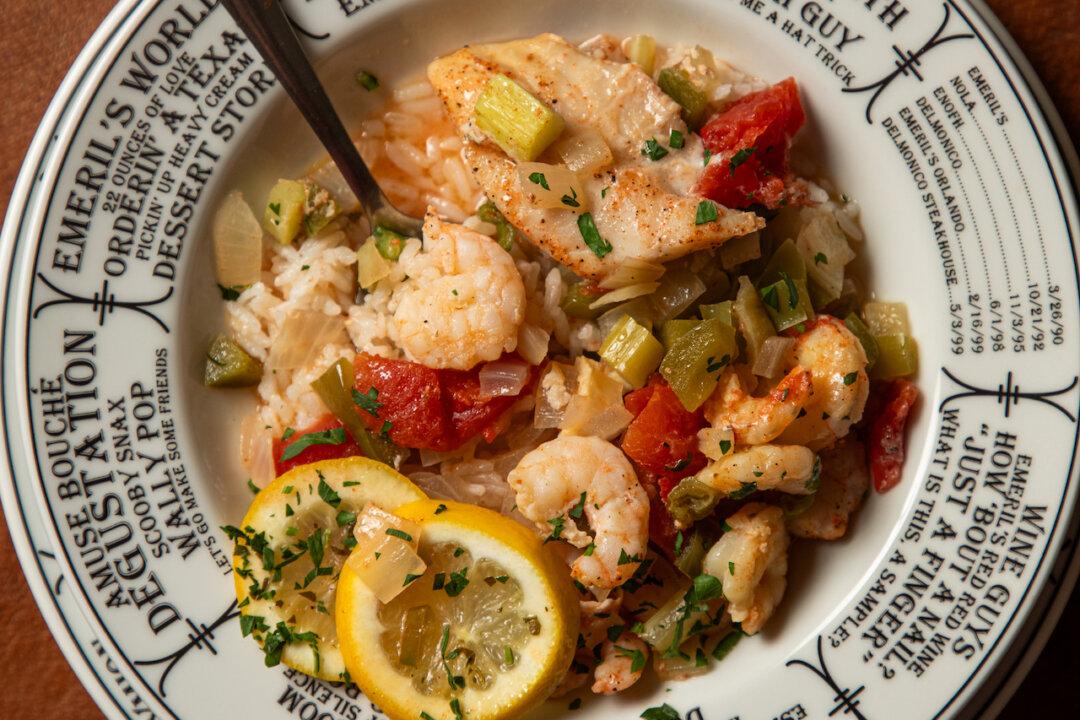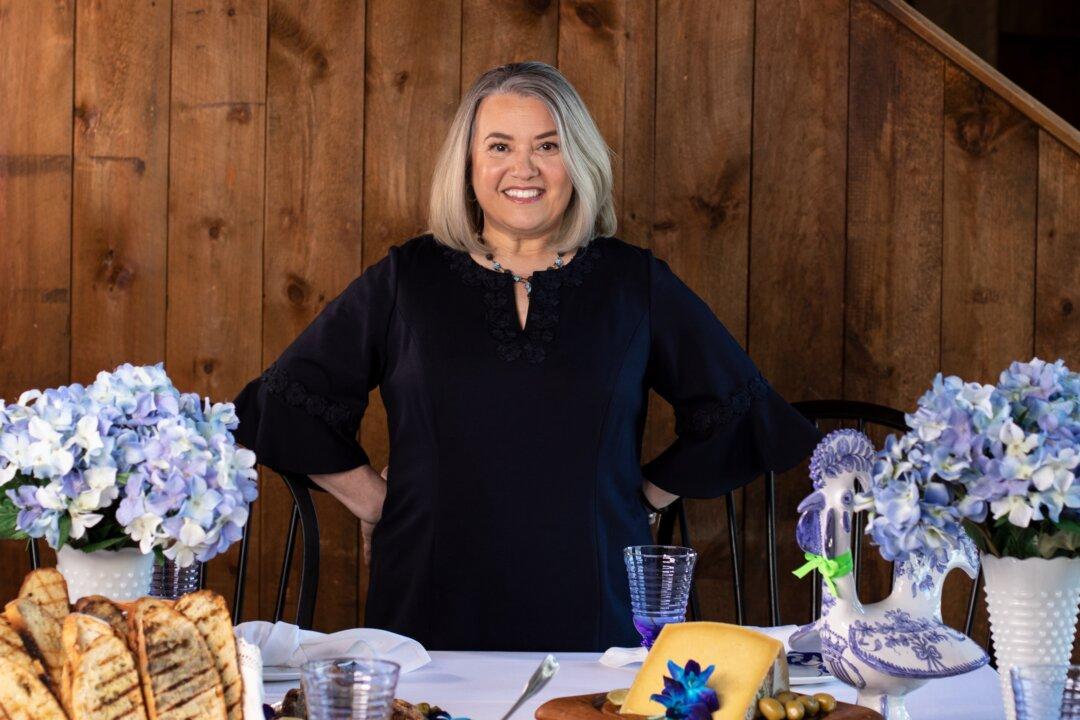South Louisiana chef Marcelle Bienvenu believes the best kind of food comes from unrushed cooking. The author of the classic 1991 cookbook “Who’s Your Mama, Are You Catholic, and Can You Make a Roux?”—the newest edition of which was published this October—holds that the whole point of cooking is that it takes time, and that that time should be spent with others.
“When I taught in culinary school, I saw a student picking up a box for jambalaya,” Bienvenu said. “He told me it could be ready in 10 minutes. I said, ‘You put that down. We don’t ever make anything from a box.’”





